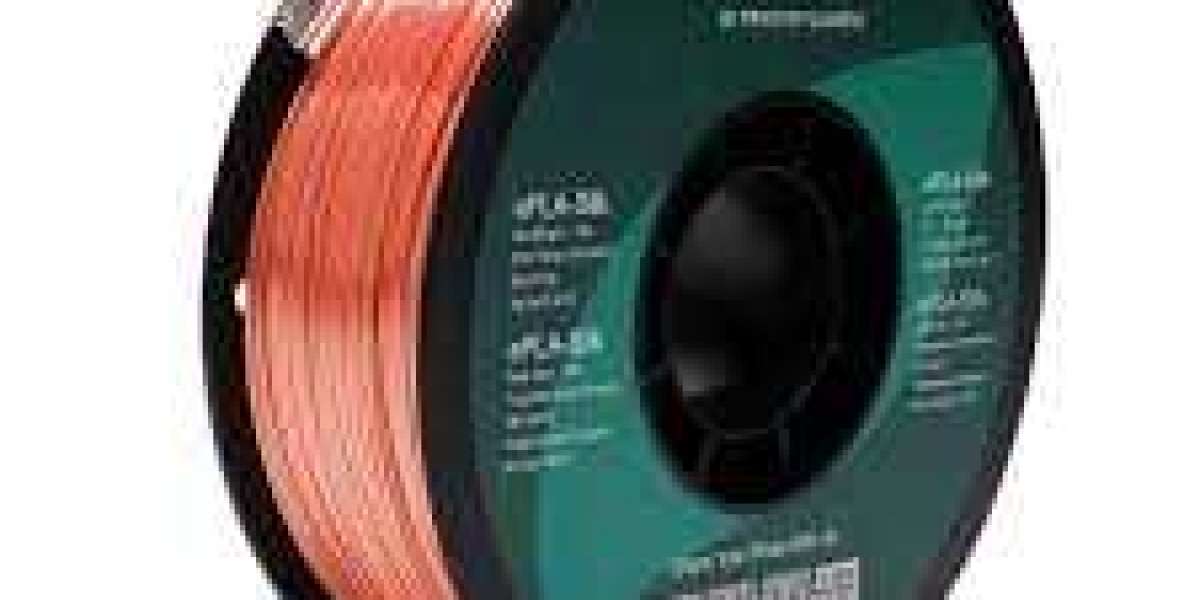Silk PLA is a new type of printing consumable modified by adding special materials to traditional PLA. This material not only inherits the good mechanical properties and toughness of PLA, but also has a brighter, silky luster, which makes it show more excellent performance in the printing process. The printability of silk PLA is mainly reflected in the following aspects:
First of all, silk PLA has a very low shrinkage rate, which is one of the key factors to ensure the printing effect. Shrinkage refers to the size change of the material due to temperature changes during the printing process. The lower the shrinkage, the more accurate the size of the printed model. The shrinkage rate of silk PLA is only 0.3%, which means that even when printing a larger size model, it can maintain good dimensional stability and avoid the problem of model deformation.
Secondly, silk PLA produces almost no odor during printing. Traditional PLA materials produce a slight plastic taste when heated, while silk PLA greatly reduces this phenomenon, making the printing process more environmentally friendly and healthy. This is especially important for home users and office environments to provide a more comfortable and harmless printing experience.
Moreover, the operating temperature of silk PLA is relatively low, which means that the energy consumption required during the printing process is lower, and the loss of printing equipment is also reduced. The lower printing temperature also reduces the risk of deformation of the model during cooling, further improving printing accuracy.
In addition, silk PLA also has a significant improvement in gloss and color performance. In its natural state, PLA is transparent, and the printed effect after adding color is bright and glossy. The silk PLA is modified to further enhance this gloss effect, so that the printed model has a silk-like luster and a more beautiful appearance. This feature makes silk PLA more widely used in furniture accessories, decorations, outdoor decoration and other fields, and can meet users' high requirements for product appearance.
Silk PLA also performs well when printing large models. It can print large models without a heating platform and the corners are not easy to tilt, which greatly improves the success rate of printing and reduces the waste of materials. At the same time, the adhesion between the silk PLA layer and the layer is good, making the printed model structure more solid and not easy to stratify.
Finally, the packaging specifications of silk PLA also provide a guarantee for its easy printability. The common silk PLA packaging specification on the market is 1.75mm diameter wire, each roll is 1kg, and each box can hold 12 or 8 rolls. This standardized packaging is not only convenient for storage and transportation, but also makes it more convenient for users to replace the wire and improve the printing efficiency.
To sum up, silk PLA, as a new 3D printing material, performs well in printability with its extremely low shrinkage rate, no odor, low operating temperature, excellent gloss and color performance, and good interlayer adhesion. These characteristics have made silk PLA widely concerned and favored in various application fields, opening a new era for the development of 3D printing technology.








